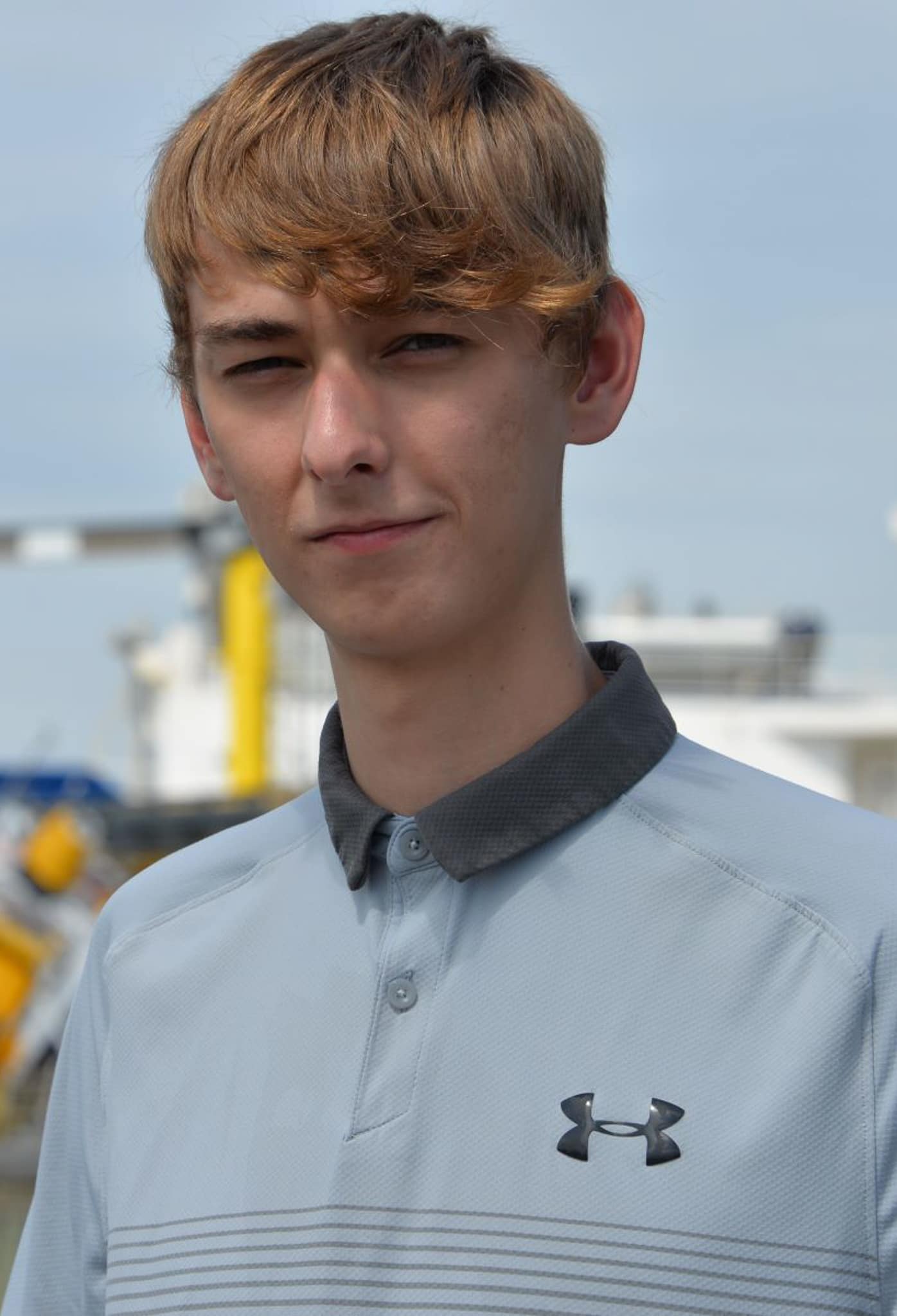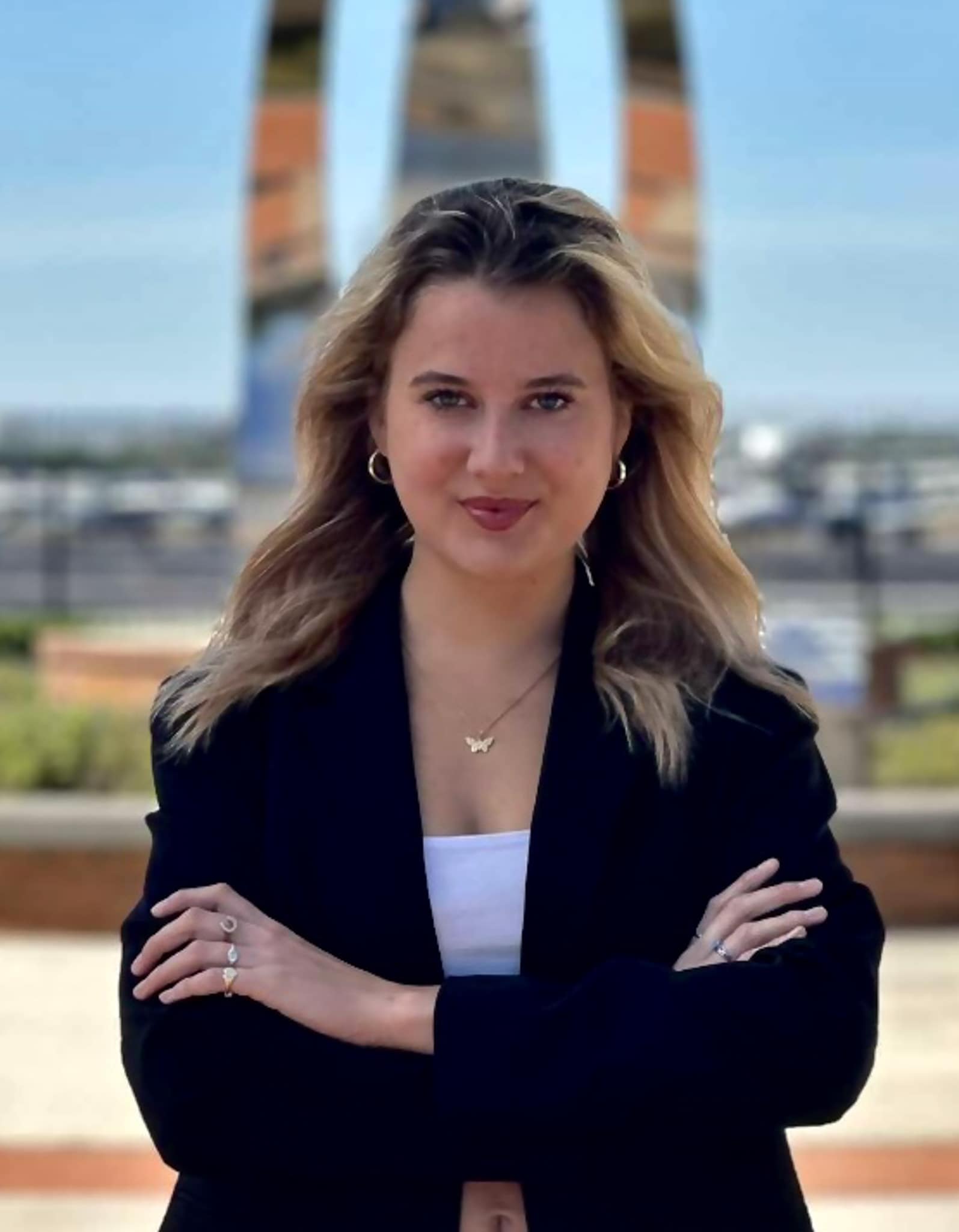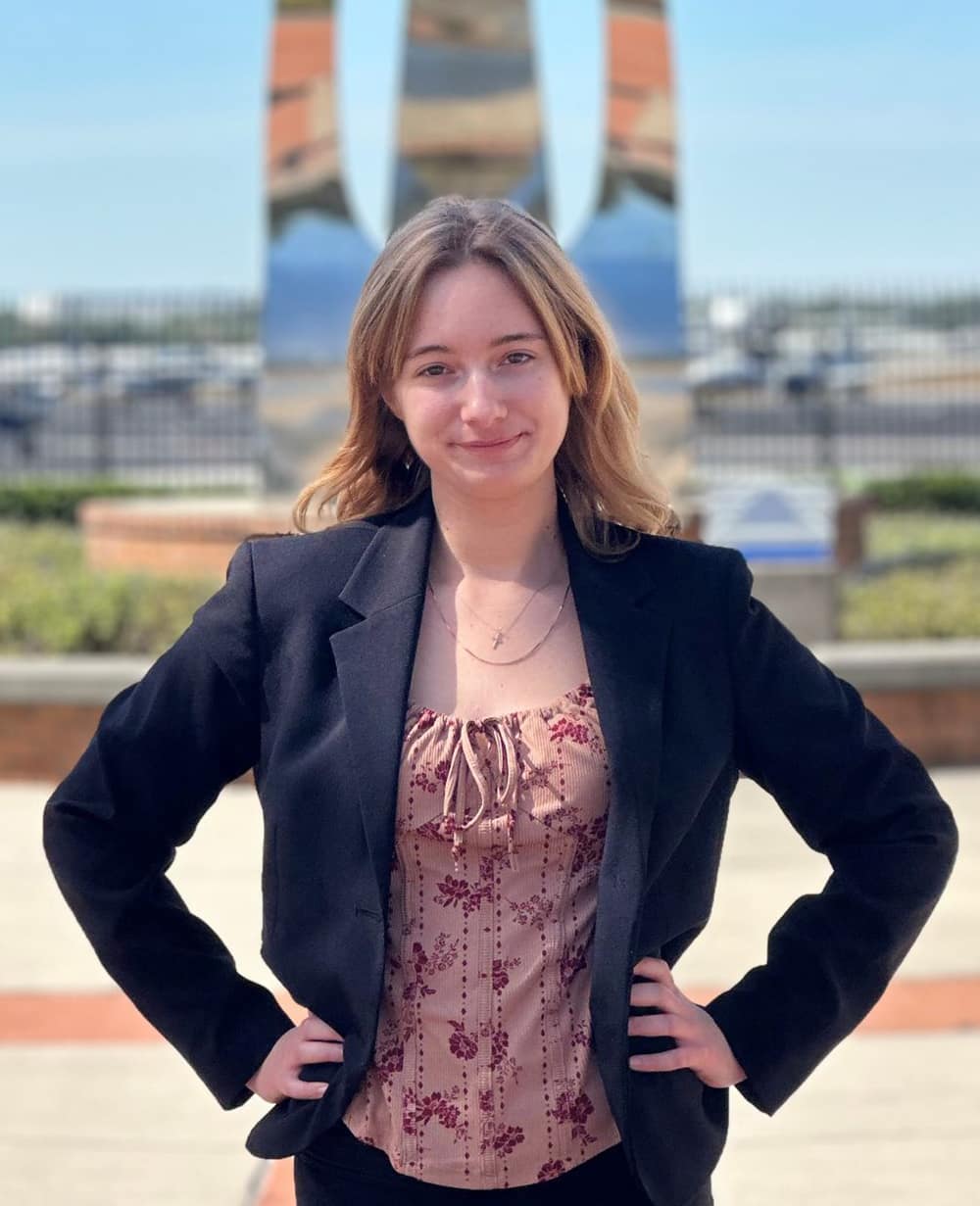Three Eagles Bound for Internships at NOAA’s Premier Weather Research Centers

Growing up in Florida, Embry-Riddle Aeronautical University student Sean Barnier has been through plenty of hurricanes, which sparked his curiosity about the storms.

Meteorology student Sean Barnier is interning at NOAA’s Center for Weather and Climate Prediction at the University of Maryland.
“Weather had always really interested me,” said Barnier, who earned his bachelor’s degree in Meteorology this month. “And hurricanes were always what I found the most fascinating.”
This summer, Barnier will have the chance to work with scientists researching hurricanes after being selected for the 2025 National Oceanic and Atmospheric Administration (NOAA) Lapenta Internship Program. Fellow Meteorology students Danica Marr and Kristen Mihalcik were also chosen for the U.S. agency’s highly competitive internship program, which places undergraduate and graduate students in research and operational roles that will prepare them for careers in NOAA fields. The internships are paid, with fully funded housing and a stipend.
“Being selected as a NOAA Lapenta student intern is an excellent opportunity to gain practical experience under the mentorship of professional meteorologists in support of NOAA's mission,” said Dr. Daniel Halperin, associate professor and program coordinator of the Bachelor of Science in Meteorology. “It is a testament to our students’ capabilities and motivation to become the next generation of leaders in our field.”
Hurricanes, Wind Forecasts and Weather Prediction
This summer, Barnier will intern at the NOAA’s Center for Weather and Climate Prediction at the University of Maryland in College Park, Maryland.

Meteorology student Danica Marr is interning at NOAA’s Earth System Research Laboratory in Boulder, Colorado.
“The center’s main focus is running and upkeeping all of NOAA’s prediction models,” said Barnier, who is from Pierson, Florida. “My internship will be research-focused, using models and observational data for hurricane research.”
It will build on what he learned last summer, he said, when he completed a student fellowship at Woods Hole Oceanographic Institution in Massachusetts. His research at Woods Hole analyzed upper-ocean responses to tropical cyclones.
On campus, Barnier is vice-president of the American Meteorological Society/National Weather Association student chapter, a research assistant for Halperin and a weather lab tutor. This fall, he will begin his master’s degree in meteorology at Florida State University.
“I definitely want to stay in the realm of hurricane research one way or another,” said Barnier.
Danica Marr, a junior from Statesville, North Carolina, will be interning at NOAA’s Earth System Research Laboratory (ESRL) in Boulder, Colorado. Her research will include weather prediction modeling and air pollutant sensing. Specifically, the research involves assessing High Resolution Rapid Refresh model wind forecasts using Doppler LiDAR and other observations from NOAA's Twin Otter and P-3 aircraft, she said.
 Meteorology student Kristen Mihalcik is interning at the National Hurricane Center in Miami.
Meteorology student Kristen Mihalcik is interning at the National Hurricane Center in Miami.
Marr is in the Honors Program and vice president of the Cloud Chaser Club. She is also assisting Dr. Joshua Wadler, assistant professor of Meteorology, with hurricane research that involves studying the precipitation distributions and intensification of hurricanes.
“It's my dream to be a hurricane hunter, and I couldn't be more thankful for this opportunity to get one step closer,” she said.
Kristen Mihalcik’s NOAA internship is at the National Hurricane Center in Miami this summer.
“I didn’t think I would have this opportunity, but I am 100 percent excited for it,” she said.
A junior from Burlington, Connecticut, Mihalcik will collect and communicate climatology data on marine hazards, such as large high waves and strong winds. This includes creating graphics to share on NOAA’s website.
She said she would like to conduct South Pole atmospheric research in the future.
“One of the best parts of this NOAA internship is you can shadow anyone,” said Mihalcik. “So, I’m excited to see what happens in the background at NOAA and how everything comes together to predict the weather for us.”

 Melanie Stawicki Azam
Melanie Stawicki Azam